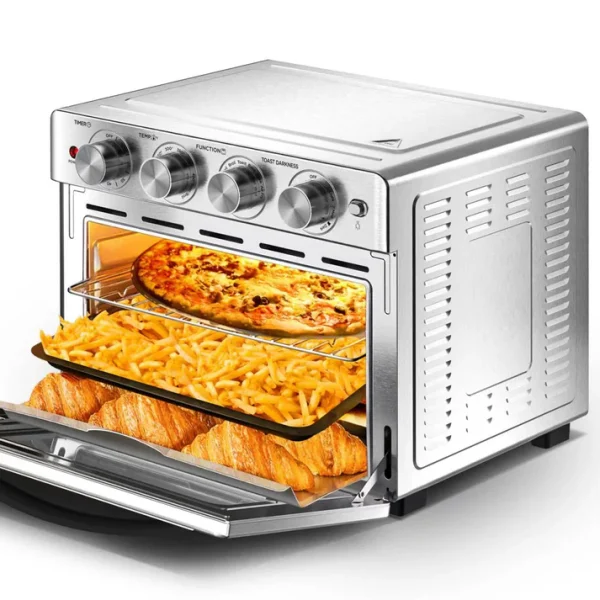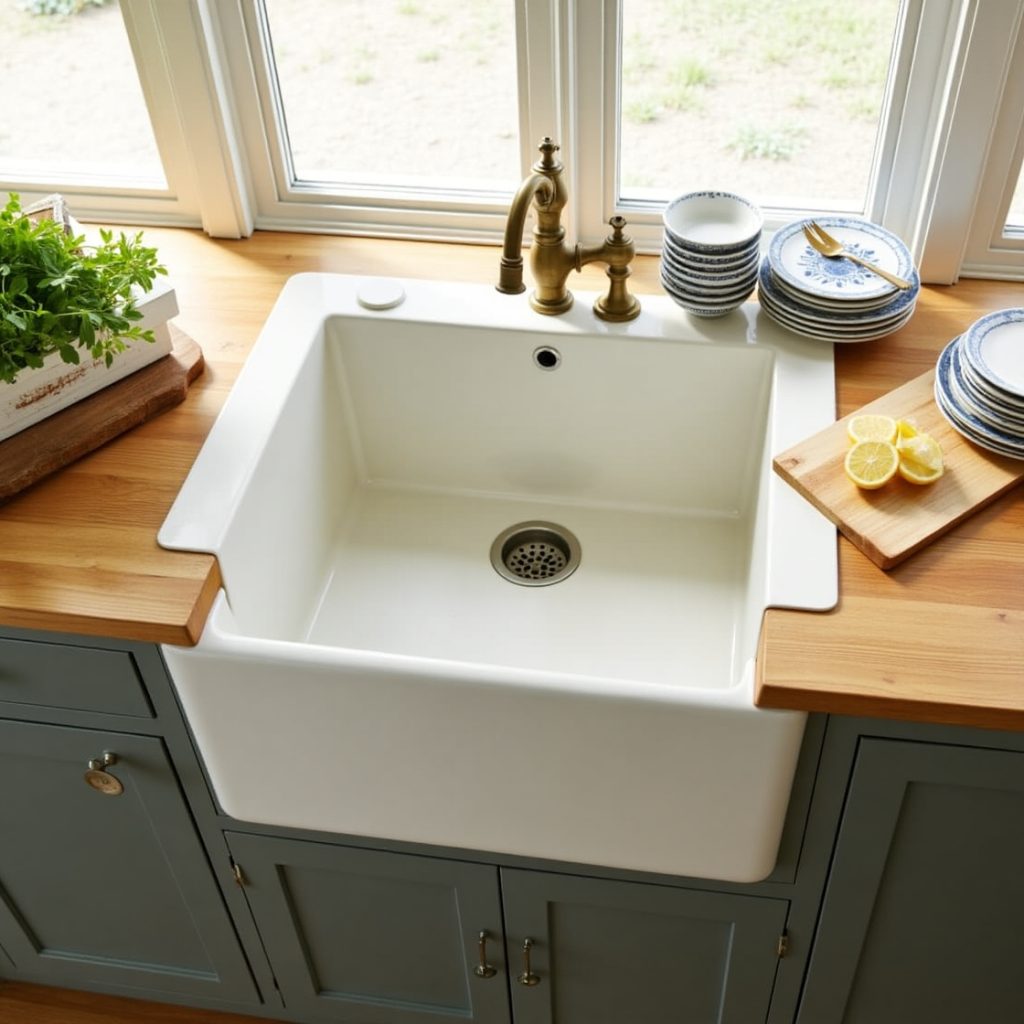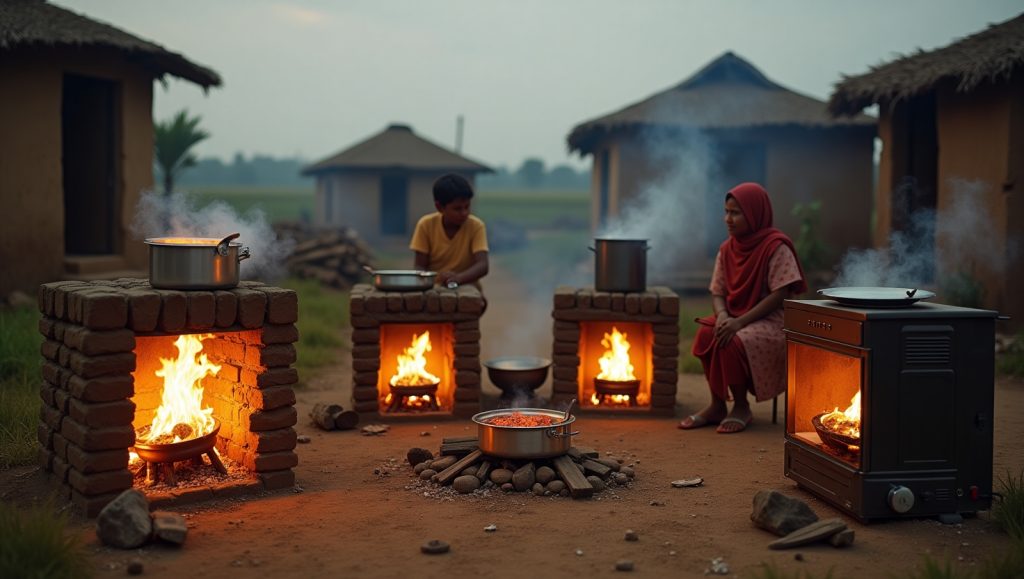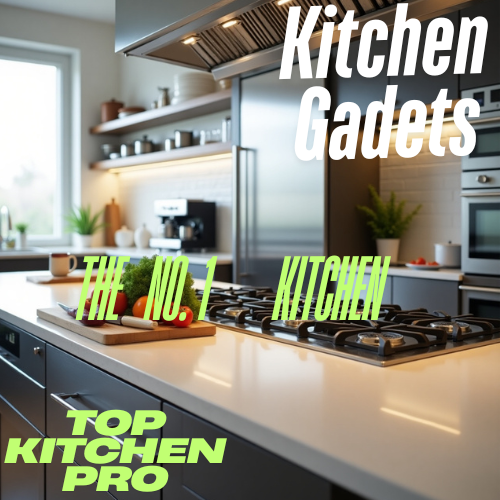Large Toaster Oven Combo Air Fryer Oven 2025
Toaster Oven: The Complete Guide to Ovens: Everything You Need to Know to Choose the Perfect Toaster Oven for Your Residence Toaster Ovens are a standard appliance in every modern kitchen, and whether you’re a professional gourmet chef or a weekend warrior home cook, the proper oven can be a difference maker. From broiling and grilling to baking and roasting, ovens provide an easy, convenient, and versatile way of cooking. But with so many different sizes, brands, models, and styles available today, choosing the perfect can be a scary experience. In this definitive guide, we shall take a look at all that you need to know regarding . We will examine the types of ovens, the essential features to bear in mind, cleaning tips for them, as well as problems associated with the oven. When you have finished reading this article, you will possess all that you need to make an informed decision on the right oven to suit your method of cooking and needs. Types: Which One Is Suitable for You? Toaster Ovens have different shapes and sizes, and they have different functions according to the type. All types have their strengths and weaknesses, so it is essential to know what each type of oven offers and decide which one is suitable for your kitchen. 1. Conventional Conventional ovens, or traditional ovens, are the most common found in homes. These kinds are usually powered by electricity or gas and provide direct heat from top and bottom heating elements. They are ideal for roasting, baking, and heating food, and they are easy to use for any kind of cooking. Regular ovens are great for home bakers because they provide even heat circulation. People enjoy them a lot because they are largely user-friendly and reasonably priced compared to other more complex ovens. 2. Convection Convection ovens are a higher-end model of conventional ovens, featuring a fan and exhaust system that circulate hot air around the food. This translates to faster cooking and more uniform heating, and the result is perfectly cooked food. The main advantage of convection ovens is the fact that they can cook food 25% faster than regular ovens, and hence they would be perfect for busy homemakers or anyone who would like to spare time in the kitchen. Convection ovens are most suitable for roasting meat, baking pastry, and cooking delicate dishes requiring even heat. 3. Microwave Microwave ovens are the fastest way of cooking there is and are ideal for reheating or quick cooking food. Microwave warm food using electromagnetic waves, so they are especially good at heating leftover food or thawing frozen food. While microwave ovens are not suitable for the preparation of complicated meals or baking, they do provide a good alternative for people who want an easy and convenient way to prepare meals. They are even best suited for thawing food or heating liquids, and can even be used for simple tasks such as bursting popcorn. 4. Wall Toaster oven Wall ovens are built into the kitchen wall itself, which saves counter and floor space. Wall ovens are typically bigger than range ovens and contain more cooking room, so they are an excellent choice for families or those who entertain often. There are gas and electric wall ovens, and there are several wall ovens that have advanced features like touch-screen control, convection cooking, and self-cleaning. If you have a modern kitchen design or an island kitchen, a wall oven is a wonderful addition to your home. 5. Double Toaster oven: Double. Ovens are two ovens stacked. one on top of the other, providing extra cooking space. Are perfect for people who need to cook a number of dishes. At the same time or. For people who like to entertain lots of guests. The greatest benefit of a double oven is that you can bake, roast, and broil several dishes at different temperatures simultaneously. This saves energy and time and is simpler to prepare large meals for holidays, special occasions, or family dinners. 6. Toaster Oven Toaster ovens are compact, countertop-sized perfect for small kitchens, apartments, or anyone in need of a smaller cooking option. The ovens can be used to bake, broil, toast, and reheat food. While not as large or as strong as standard ovens, toaster ovens are very versatile and perfect for quick meals or cooking small amounts of food. Toaster ovens are perfect for someone who does not want to use a full-size oven for a quick meal or snack, such as warming up a piece of bread, warming leftovers, or cooking portions of food that are small in quantity. Key Features to Consider When Choosing When selecting the perfect oven for your needs, there are several important features you’ll want to consider. These features can make a significant impact on your cooking experience and overall satisfaction with the appliance. 1. Size and Capacity The oven size is one of the first things you’ll need to consider. Do you prepare big meals for a family, or do you tend to cook for one or two? The oven size will dictate how much food you can prepare at once, so be sure to select one that suits your cooking style. Ovens range in size from small countertop units to big wall-built-in units. It’s necessary to take the available space in your kitchen and select an oven that will be a good fit while offering the amount of cooking capacity needed. 2. Energy Source: Gas vs. Electric They can either be powered using gas or electricity and which one to use is based primarily on your preference and the nature of your kitchen arrangement. Gas ovens generally heat quicker and offer better evenness of heat, and are thus suitable for some methods of cooking, including roasting meats. They are also generally more energy-efficient in most situations. Electric ovens, however, are often easier to install and service are more accurate with regards to temperature
Large Toaster Oven Combo Air Fryer Oven 2025 Read More »





